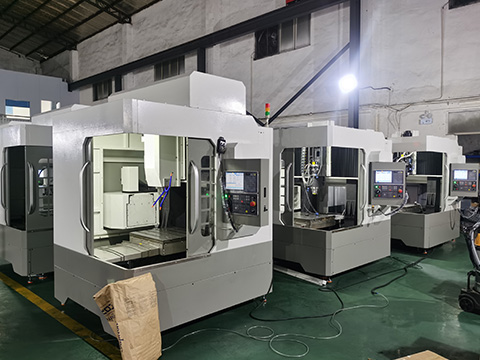
Many CNC machining shops lose 15-20% profits through hidden inefficiencies. Surprisingly, material waste accounts for nearly 30% of costs in typical operations. The good news? Our team discovered six counterintuitive methods during 2023 efficiency audits.
Most CNC factory managers push tools beyond optimal lifespan. Ironically, replacing tools 10% sooner can increase productivity by up to 18%. How does this work?
Case Example: A Wisconsin CNC factory reduced tooling costs by $78,000 annually after implementing ultrasonic cleaning between shifts. Their secret? Extending carbide tool life through proper storage protocols.
Shockingly, 28% of raw materials become waste in average CNC shops. Advanced nesting software can boost utilization rates to 92%. Transitioning to this approach requires strategic planning though.
| Method | Material Savings | Implementation Cost |
|---|---|---|
| Traditional Cutting | 68-72% | $0 |
| Advanced Nesting | 85-92% | $15k-$40k |
Aggressive nesting can increase machine time 18%. Balance material savings with throughput requirements. We saw one CNC factory actually lose money by going too extreme.
Here’s something unexpected: 40% of power in CNC factories gets consumed during idle time. Simple automation adjustments can slash this waste. For example:
Interestingly, a Michigan plant reduced energy bills 22% just by reprogramming tool change sequences.
Reactive maintenance costs 3-5X more than preventive approaches. Our recommended strategy:
1. Cutting coolant concentration (increases tool wear)
2. Delaying spindle rebuilds (causes cascading failures)
3. Using generic tool holders (reduces precision)
Q: How quickly can we see results?
A: Most factories report 15% savings within 90 days
Q: What’s the biggest hidden cost?
A: Setup/changeover time – often 20% of capacity
Q: Can small shops implement these?
A: Absolutely! Start with tool life monitoring